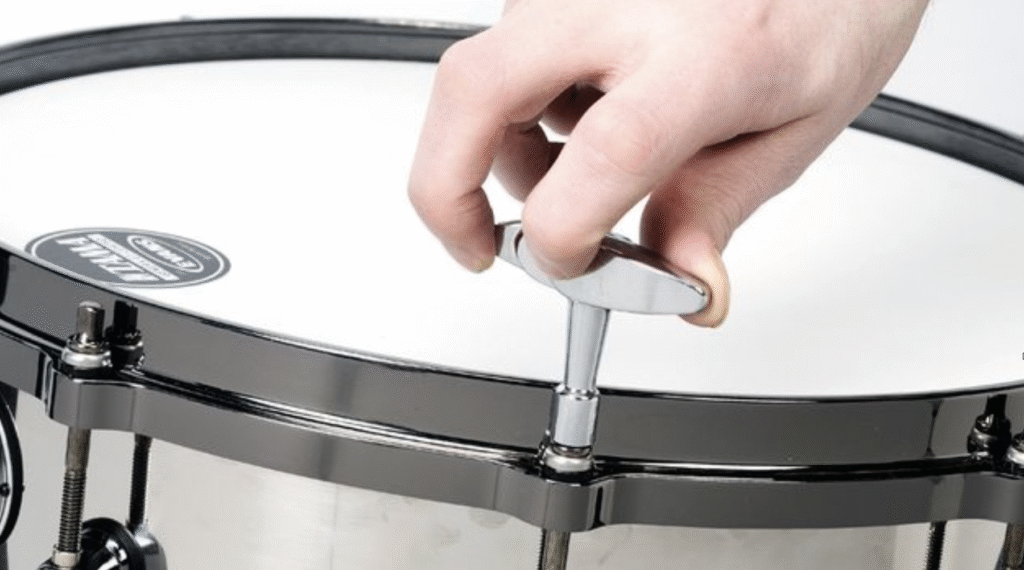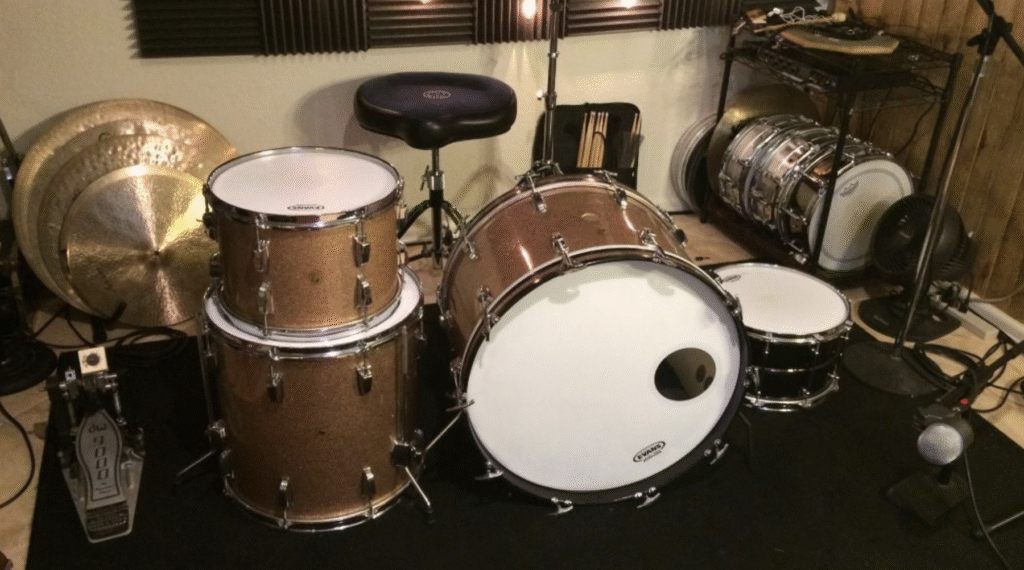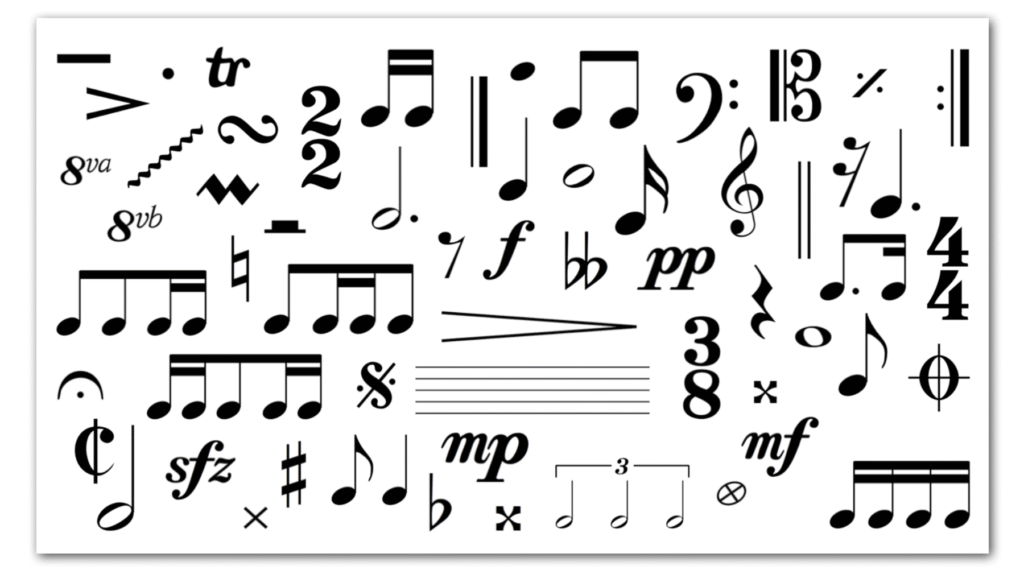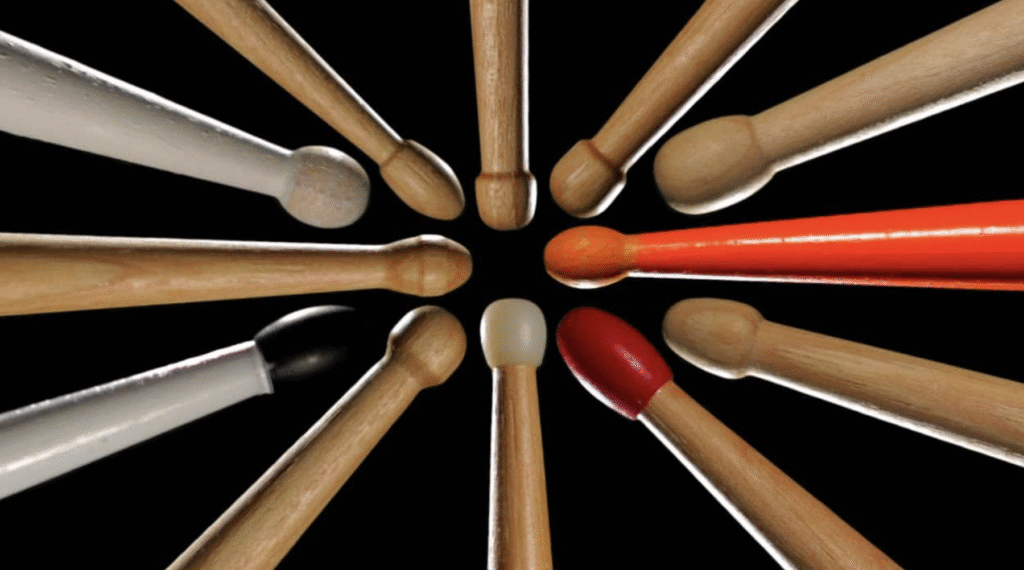How to Tune Drums
Learning how to tune drums is one of the most important skills every drummer should master. In fact, well-tuned drums sound better, feel better, and inspire better playing.
There are a lot of different opinions on drum tuning- there is not one correct way. Every drum is different and the sound that each person is looking for is usually different. Below is a guide to the basics of how to tune a drum and getting a drum in tune with itself- a 10 inch tom will never sound like a floor tom and vice versa.
The ability to tune your drums is a skill that should be learnt and practised from the day you get your drums. Like playing it is a skill that you will get better at the more you do it. You will start to get an idea of the sound you want to get from your drums the longer you have been playing and the more drums you have listened to. Even though tuning may seem tricky at first, it becomes easier the more you do it. Enjoy the process.
Drum tuning Guide
This written drum tuning guide explains the steps to successfully tune a tom tom. Starting with the bottom skin or drum head of your smallest drum and always tuning diagonally across the drum.

Drum Tuning Video
In this video Bob Gatzen talks us through the process of tuning the tom toms. A good visual demonstration of tuning the drum skins diagonally.
Download Drum Tuning Guide
Below is a detailed tuning guide from the Pearl drum company. Download this file and keep it by your drums or on your tablet as a reference.
Click to Download Tuning Guide
Why Drum Tuning Matters
Tuning doesn’t just change pitch—it also affects tone, sustain, and feel. A poorly tuned drum can sound flat, boomy, or choked. On the other hand, a well-tuned drum brings clarity and punch to your playing.
Also, if your drums sound great, you’ll play with more confidence. You’ll also blend better in a band setting and record cleaner tracks in the studio.
Tools You’ll Need
Before you get started, make sure you have a few basic items on hand:
-
Drum key
-
Tuner (optional but helpful)
-
Soft cloth
-
Patience and good ears
While fancy tools can help, you don’t need anything high-tech to learn how to tune drums properly.
Step 1: Seat the Drumhead
Start by removing the old drumhead if needed. Place the new one on the shell, making sure it sits evenly. Then place the hoop over the head and finger-tighten each tension rod.
It’s important to press gently in the center of the head with your palm. This helps the drumhead settle evenly onto the bearing edge. Drummers call this “seating” the head, and it’s a crucial step.
Step 2: Tighten Using a Star Pattern
Next, grab your drum key. Tighten the rods using a star pattern—go across the drum rather than in a circle. This keeps tension even and helps avoid warping the head.
Make small turns, about a quarter or half turn at a time. After one full round, press again in the center to ensure the head is seated.
Step 3: Get to Pitch
Now, lightly tap near each lug about an inch from the edge. You want all taps to produce the same pitch. If one lug sounds higher or lower, adjust it until they match.
Tuning the top head (batter) and bottom head (resonant) is key. The relationship between the two changes the sound dramatically. For example, tuning both heads to the same pitch gives a balanced tone. Tuning the bottom slightly higher gives more sustain.
Experiment until you find the sound you like. Different styles may call for different tuning approaches.
Step 4: Tune Each Drum Individually
Each drum has its own sweet spot. Start with the snare, then move to the rack toms, floor toms, and finally the kick.
Your snare drum should crack, pop, or ring depending on your style. Tighter top heads bring a crisp attack, while looser settings sound fatter. The kick drum benefits from a slightly looser batter head and a more controlled resonant head.
Keep checking pitch and tension while tuning. Use your fingers or a tuner to make small changes as needed.
Step 5: Fine-Tune for Feel and Style
Once each drum is in the ballpark, play around the kit. Listen for any inconsistencies or unwanted overtones.
You can also use dampening tools like gel pads, rings, or internal mufflers to shape the tone further. However, avoid over-dampening—it can kill your drum’s natural tone.
Try tuning for different styles. Rock kits often favor deeper, punchy tones. Jazz kits lean toward higher, more open sounds. For funk or gospel, you might want quick response and controlled resonance.
Common Mistakes to Avoid
-
Over-tightening one lug
-
Ignoring the resonant head
-
Skipping the seating process
-
Tuning in a circle instead of a star pattern
-
Forgetting to check tuning after playing for a while
Learning how to tune drums takes time, but these mistakes are easy to avoid with consistent practice.
Tips for Better Tuning Results
-
Use fresh heads. Old heads won’t tune well and may sound dull.
-
Tune in a quiet space. Background noise can make it hard to hear subtle pitch differences.
-
Record your tuning. Compare recordings to track your progress over time.
-
Practice regularly. Like drumming itself, tuning gets easier with repetition.
-
Experiment. Try different head types and tunings to find your signature sound.
Final Thoughts
Knowing how to tune drums unlocks the full potential of your kit. It gives you control over your tone and helps your playing shine. You don’t need to be a pro tech to get great sound—just patience, ears, and a willingness to learn.
At Drumnuts, we’re all about helping drummers play better and sound their best. Whether you’re tuning for the first time or fine-tuning your pro kit, keep practicing. Eventually, it becomes second nature.
So, grab your drum key, trust your ears, and start dialing in that perfect sound today!













